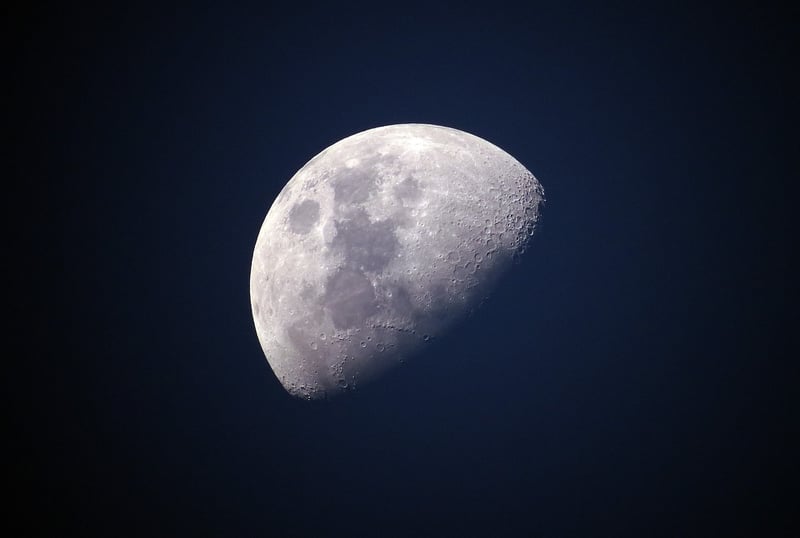Lunar Harvesting
The Future of Food: Utilizing Space for Sustenance and Lunar Harvesting

Introduction
In recent years, the concept of space exploration has expanded beyond mere discovery and has ventured into the realm of sustainability and self-sufficiency. As the global population continues to grow, the need for innovative solutions to feed humanity becomes increasingly urgent. One such solution lies in utilizing space for sustenance and exploring the possibilities of lunar harvesting.
Utilizing Space for Sustenance
Space agriculture, also known as astro-agriculture, involves growing crops in outer space or on other celestial bodies. This innovative approach offers several benefits, including:
- Conservation of Earth's resources
- Protection against climate change and natural disasters
- Exploration of new farming techniques
- Potential for extraterrestrial colonization
Challenges
While the concept of space agriculture holds great promise, it also presents unique challenges such as:
- Microgravity affecting plant growth
- Radiation exposure
- Limited space and resources
- Developing sustainable farming systems
Lunar Harvesting
With the renewed interest in lunar exploration, the idea of lunar harvesting has gained traction. The Moon's surface offers opportunities for mining resources that can be utilized for sustenance, fuel, and construction. Potential resources include:
- Water ice for hydration and oxygen production
- Regolith for building materials
- Helium-3 for future fusion energy
Benefits
Lunar harvesting presents several benefits, such as:
- Reduced reliance on Earth's finite resources
- Supporting sustainable space exploration
- Opening avenues for long-term space missions
Conclusion
The future of food lies not only in traditional agricultural practices but also in the exploration of space for sustenance. By harnessing the potential of space agriculture and lunar harvesting, humanity can pave the way for a more sustainable and self-sufficient future.
